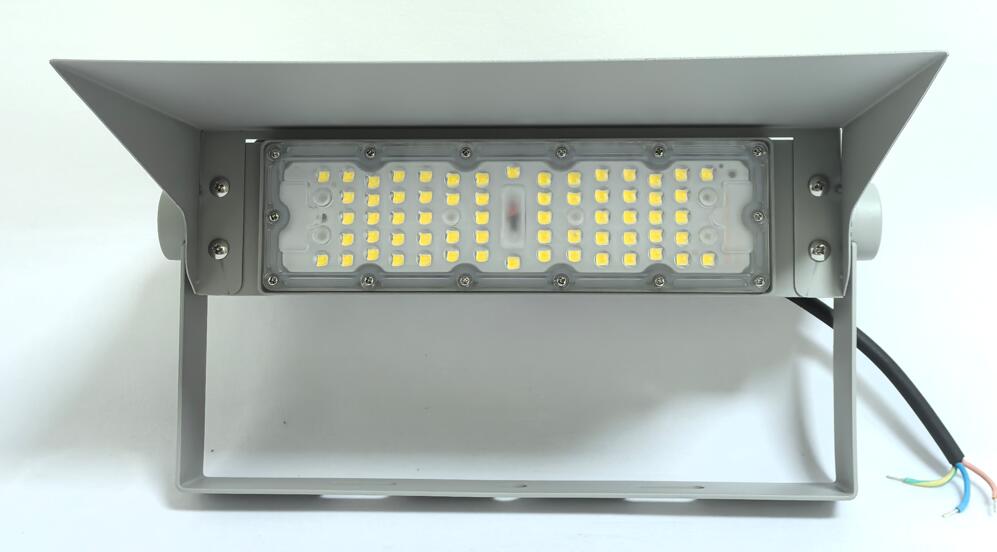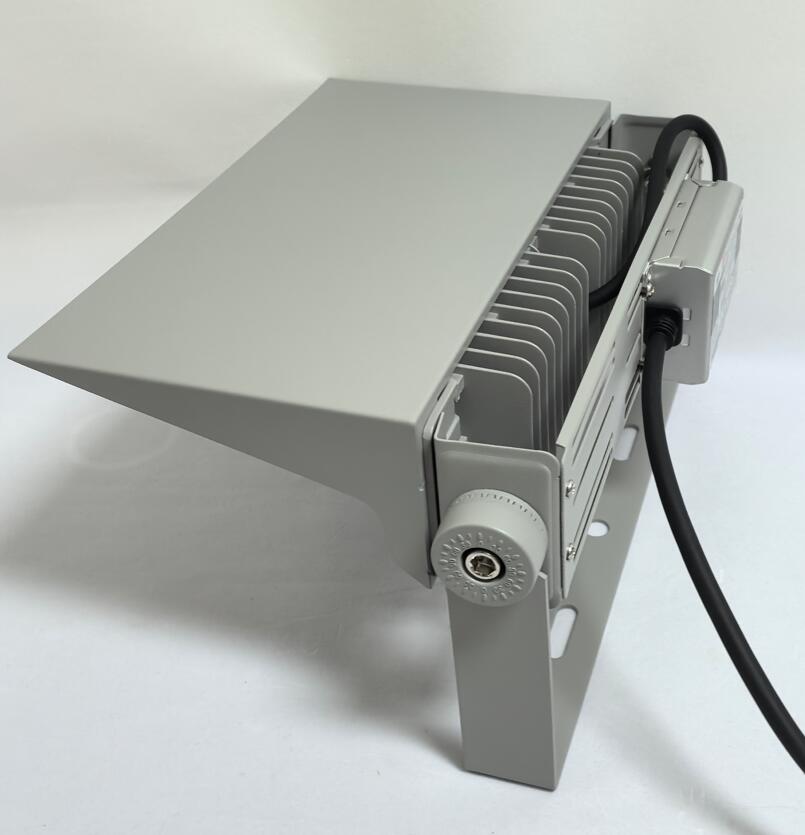Helipad flood lights are an indispensable component of aviation infrastructure, playing a crucial role in ensuring safe and efficient helicopter operations, particularly during nighttime or in low-visibility conditions. These powerful lighting systems illuminate the helipad surface, providing pilots with clear visibility for takeoffs and landings. This article explores the significance of helipad flood lights, their technological advancements, and their impact on modern aviation.
The Importance of Helipad Flood Lights
Helipad flood lights are designed to provide uniform and high-intensity illumination across the entire landing surface. This is essential for several reasons:
Enhanced Safety:
The primary function of helipad flood lights is to ensure the safety of helicopter operations. By illuminating the helipad, these lights help pilots identify the landing zone clearly, reducing the risk of accidents caused by misjudgment or poor visibility.

Operational Efficiency:
Helipads are often used in critical situations, such as emergency medical services, disaster relief, and military operations. In such scenarios, reliable lighting is crucial for maintaining operational efficiency, regardless of the time of day or weather conditions.
Regulatory Compliance:
Aviation authorities, such as the International Civil Aviation Organization (ICAO) and the Directorate General of Civil Aviation (DGCA) in India, mandate the use of adequate lighting for helipads. Helipad flood lights help operators comply with these regulations, ensuring that their facilities meet the required safety standards.
Technological Advancements in Helipad Flood Lights
The evolution of helipad flood lights has been marked by significant technological advancements, making them more efficient, durable, and versatile. Some of the key innovations include:

LED Technology:
Traditional flood lights, such as halogen or metal halide lamps, are being increasingly replaced by LED-based systems. LED helipad flood lights offer several advantages, including higher energy efficiency, longer lifespan, and superior brightness. They also produce a more uniform light distribution, reducing shadows and glare that could impair a pilot's vision.
Smart Lighting Systems:
Modern helipad flood lights are often integrated with smart technology, allowing for remote control and monitoring. These systems can be programmed to adjust brightness levels based on ambient light conditions or activated automatically when a helicopter approaches. This not only enhances operational efficiency but also reduces energy consumption.
Durability and Weather Resistance:
Helipad flood lights are designed to withstand harsh environmental conditions, including extreme temperatures, heavy rainfall, and strong winds. Advanced materials and coatings are used to ensure that the lights remain functional and reliable, even in challenging environments.
Solar-Powered Options:
For helipads located in remote or off-grid areas, solar-powered flood lights are an excellent solution. These systems harness solar energy to provide consistent illumination, reducing the reliance on external power sources and lowering operational costs.
| helipad flood lights |
| helipad flood light |
Applications of Helipad Flood Lights
Helipad flood lights are used in a wide range of applications, each with its unique requirements:
Emergency Medical Services (EMS):
In EMS operations, time is of the essence. Helipad flood lights ensure that medical helicopters can land safely and quickly, even in the middle of the night, enabling prompt response to emergencies.
Disaster Relief:
During natural disasters, such as earthquakes or floods, helipads serve as critical hubs for rescue and relief operations. Reliable flood lighting is essential for coordinating these efforts, especially when traditional infrastructure is damaged or inaccessible.
Military Operations:
Military helipads often require robust lighting systems to support nighttime missions. Helipad flood lights provide the necessary visibility for safe landings and takeoffs, ensuring that operations can proceed smoothly under any conditions.
Corporate and Private Helipads:
Corporate and private helipads, often located on rooftops or in urban areas, also benefit from advanced flood lighting systems. These lights not only enhance safety but also add to the aesthetic appeal of the facility.
Cost Considerations and ROI
While the initial investment in high-quality helipad flood lights can be significant, the long-term benefits often outweigh the costs. LED-based systems, for example, offer substantial savings in energy consumption and maintenance expenses. Additionally, the enhanced safety and operational efficiency provided by reliable flood lighting can prevent costly accidents and downtime.
For helipads in remote locations, solar-powered flood lights can further reduce operational costs by eliminating the need for external power sources. These systems also contribute to sustainability efforts, aligning with global trends towards greener aviation practices.
Helipad flood lights are a vital component of modern aviation infrastructure, ensuring safe and efficient helicopter operations in all conditions. With advancements in LED technology, smart lighting systems, and solar-powered solutions, these lights have become more efficient, durable, and versatile than ever before. Whether for emergency services, disaster relief, military operations, or private use, helipad flood lights play a crucial role in enhancing safety and operational efficiency.
As the demand for helipads continues to grow, the importance of reliable and advanced flood lighting systems cannot be overstated. By investing in high-quality helipad flood lights, operators can ensure compliance with regulatory standards, reduce operational costs, and provide a safe environment for helicopter operations, day or night.